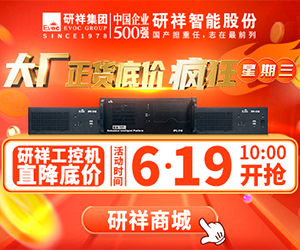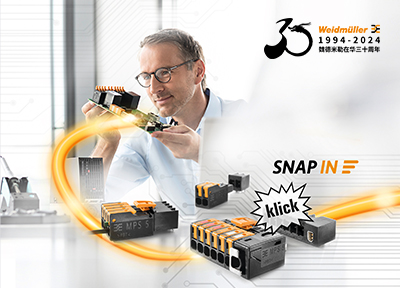In this day and age, why use serial communications, such as RS-232, RS-422www.cechina.cn, and RS-485? Digital industrial networks, fieldbuses, device- and sensor- level networks (also USB) all support many vendors’ products and can offer advanced features for configuration and diagnostics. So why use serial? Answers are low cost, simplicity, and familiarity. Industrial serial communications, largely RS-232, RS-422www.cechina.cn, and RS-485, are still included on many products and machines because they provide simple, bi

Hybrid communication modules, such as the Moor Industries International microNCS, include serial (Modbus-RTU and RS-485), Ethernet, and I/O connections.
Serial communicationCONTROL ENGINEERING China版权所有, still exists, says Jim Toepper, product manager for the connectivity group of Moxa Americas, because:
It remains an easy and inexpensive way to communicate with devices. Most vendors will offer a serial-only version as an entry-level product, offering an Ethernet-enabled version as a higher end offering;
If a product has been in production for many years and is proven控制工程网版权所有, it could be cost- prohibitive for a device manufacturer to redesign and recertify an Ethernet (or other network-enabled) version of the same product. While Ethernet components themselves are not that much more expensive than serial componentsCONTROL ENGINEERING China版权所有, implementation and design of Ethernet can be costly. “In some cases it is actually less expensive to buy an entry-level serial sensor or flowmeter and attach it to a serial-to-Ethernet converter to get your devices on the network,” he says.
In some cases, devices are coupled with a controller or data logger, sometimes in the same vicinity, thus negating the need for Ethernet. If the controller is central, and signals travel up to 4,000 ft, current loop RS-422 or RS-485 is preferred over Ethernet for flowmeters, temperature sensors, and similar devices. Many such devices use 4-20 mA, digital current loopwww.cechina.cn, and Modbus over


 在线会议
在线会议 论坛
论坛 专题
专题 工控直播
工控直播 新闻中心
新闻中心 子站
子站 技术
技术 社区
社区



 IDEC HR8S系列新一代安全继电器有奖试用活动
IDEC HR8S系列新一代安全继电器有奖试用活动 2025(第二十一届)年度最佳产品奖有奖投票中
2025(第二十一届)年度最佳产品奖有奖投票中 AVEVA剑维软件食品饮料行业白皮书有奖下载
AVEVA剑维软件食品饮料行业白皮书有奖下载 立即有奖下载TE重载连接器选型指南
立即有奖下载TE重载连接器选型指南 2025(第十四届)全球自动化和制造主题峰会
2025(第十四届)全球自动化和制造主题峰会




























